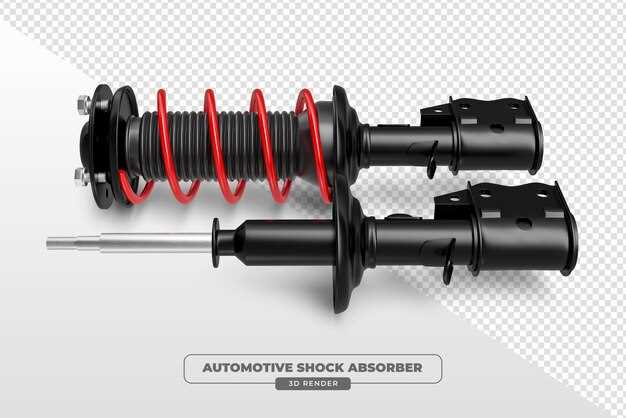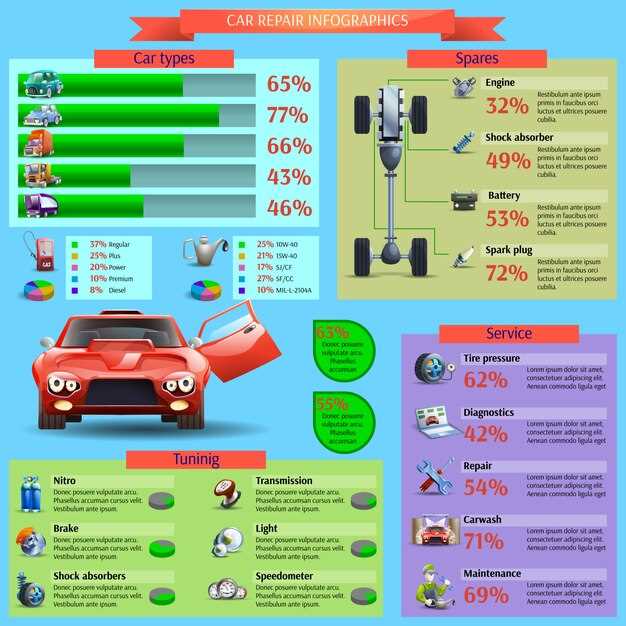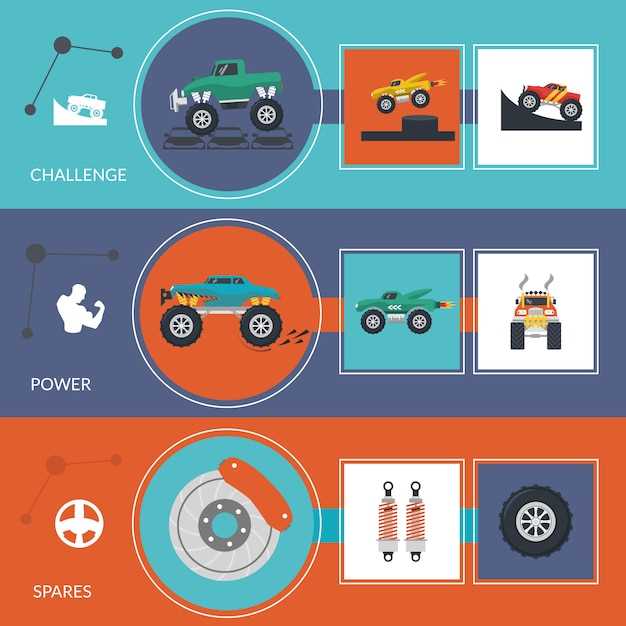
When it comes to optimizing vehicle performance, the setup of the front and rear suspension is crucial. Each element works in harmony to deliver a balanced driving experience, yet they need to be adjusted with distinct priorities in mind. Understanding the differences between front and rear suspension setups is essential for tuning a vehicle to meet specific handling and comfort goals.
The front suspension plays a vital role in steering response and stability during cornering. Factors such as camber, toe angle, and ride height must be carefully calibrated to ensure precise handling. A well-tuned front suspension allows for improved traction and feedback, which can significantly influence a driver’s confidence and control on the road or track.
Conversely, the rear suspension is instrumental in maintaining traction during acceleration and braking. Its setup directly affects weight transfer, which can impact tire grip and overall vehicle stability. Prioritizing the correct balance of stiffness and damping in the rear suspension is key to enhancing performance, particularly when navigating sharp turns or uneven surfaces.
In conclusion, a comprehensive understanding of the priorities in both front and rear suspension setups can lead to a more agile and responsive vehicle. By carefully addressing each aspect, from alignment to spring rates, enthusiasts can achieve a tailored driving experience that meets their unique needs and preferences.
Determining Optimal Spring Rates for Front and Rear Suspensions

To achieve optimal performance in vehicle dynamics, selecting the correct spring rates for both front and rear suspensions is crucial. Spring rates, measured in pounds per inch (lb/in) or Newtons per millimeter (N/mm), dictate how stiff or soft the suspension will be during compression and rebound. This directly impacts handling, ride quality, and overall stability.
Understanding Suspension Dynamics: The suspension system’s primary role is to absorb shocks from the road and maintain tire contact with the ground. A balanced setup helps achieve this by ensuring that weight transfer occurs evenly. When calculating optimal spring rates, one must consider various factors, including the vehicle’s weight, intended use (track, off-road, or street), and desired handling characteristics.
Weight Distribution: Every vehicle has a specific weight distribution between the front and rear. Generally, a vehicle with more weight in the front requires stiffer front springs to manage the additional load during cornering. Conversely, a rear-heavy vehicle might need a softer rear spring rate to prevent oversteer. Analyzing the vehicle’s weight distribution allows for an informed starting point when determining spring rates.
Driver Preferences and Usage: The ideal spring rate can vary significantly based on the driver’s preferences and the vehicle’s application. For instance, a performance driver may prefer a stiffer setup for better responsiveness, while a daily driver may favor a softer spring rate for enhanced comfort. Conducting a practical assessment through driving tests can help refine these preferences.
Testing and Adjustments: After the initial selection of spring rates, empirical testing is essential. Conducting test drives on various surfaces will provide insights into how the suspension behaves under real-world conditions. Adjustments may be needed to strike the perfect balance between comfort and performance, taking into account feedback from the driver and data from handling metrics.
Conclusion: Determining optimal spring rates for front and rear suspensions requires a comprehensive understanding of vehicle dynamics, weight distribution, and driver preferences. Regular testing and adjustments ensure that the suspension setup meets the desired performance criteria, ultimately enhancing both safety and driving enjoyment.
Adjusting Damping Settings for Improved Handling and Comfort

Proper damping settings are crucial in achieving an optimal balance between handling and comfort in both front and rear suspension systems. Adjusting these settings can lead to significant improvements in vehicle dynamics, ensuring better performance on various surfaces.
The damping system controls the rate at which the suspension compresses and rebounds after encountering bumps or changes in terrain. Understanding how to adjust these settings effectively can enhance vehicle stability and user experience. Here are the key aspects to consider:
- Compression Damping: This controls the speed at which the suspension compresses when encountering a bump. A higher compression damping rate increases resistance, improving handling during cornering. However, excessive damping can lead to a jarring ride.
- Rebound Damping: This regulates how quickly the suspension returns to its original position after compression. Adequate rebound damping prevents the vehicle from bouncing excessively, enhancing control and comfort on uneven surfaces.
- Adjusting Damping Settings: Start by finding a baseline setting recommended by the manufacturer. From there, make gradual adjustments. Consider the following steps:
- Assess the vehicle’s initial performance, focusing on both comfort and handling.
- Make small adjustments to compression damping and test the vehicle’s response.
- Evaluate the rebound damping separately, ensuring that the suspension does not create excessive motion.
- Repeat testing while adjusting settings until the desired balance is achieved.
Additionally, understanding the different conditions the vehicle will encounter can guide your damping adjustments:
- Street Driving: Focus on comfort; use softer settings to absorb imperfections in the road.
- Track Racing: Prioritize handling; opt for firmer settings to reduce body roll and enhance cornering performance.
- Off-Road Conditions: Choose a balanced setting that provides enough softness to absorb impacts while maintaining control.
Ultimately, effective damping adjustments not only improve vehicle handling and comfort but also enhance safety and driving enjoyment. Regularly revisiting these settings as driving conditions change ensures optimal performance year-round.
Balancing Weight Distribution and Ride Height for Enhanced Stability
In the realm of vehicle dynamics, achieving a harmonious balance between weight distribution and ride height is crucial for enhancing stability. Proper suspension setup significantly impacts how a vehicle handles various driving conditions, making it essential to understand the underlying principles of weight distribution and its relationship with ride height.
Weight distribution refers to how a vehicle’s weight is distributed across its axles. Ideally, a balanced setup should maintain an approximately equal load on the front and rear wheels. When weight is improperly distributed, it can lead to undesirable handling characteristics, such as oversteer or understeer. A front-heavy vehicle, for example, may experience increased tire wear on the front tires and reduced traction on the rear, compromising stability.
The ride height of a vehicle plays a pivotal role in its overall posture and center of gravity. A lower ride height can improve aerodynamic efficiency and reduce body roll during cornering, whereas a higher ride height may enhance ground clearance and off-road capability. However, it is essential to find an optimal ride height that complements weight distribution. Excessively high ride heights can lead to a higher center of gravity, adversely affecting a vehicle’s balance and cornering stability.
To enhance stability through effective suspension setup, it is vital to align the ride height and weight distribution. By using adjustable suspension components, such as coilovers or air suspensions, drivers can fine-tune their vehicle’s ride height to achieve the desired handling characteristics. Additionally, weight management strategies, such as relocating components or utilizing lightweight materials, can further optimize weight distribution.
Regular testing and refinement through real-world driving scenarios can help identify the ideal balance. By monitoring how changes in ride height affect weight distribution and vehicle response, drivers can make informed adjustments, leading to enhanced stability, improved handling, and an overall more enjoyable driving experience.
